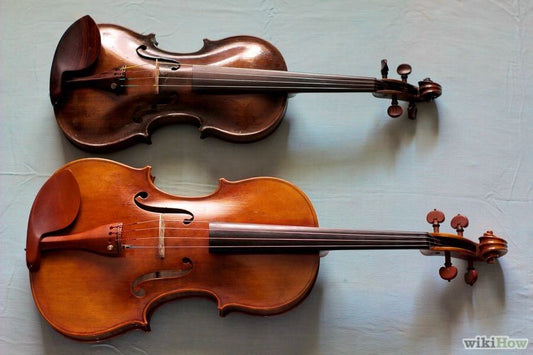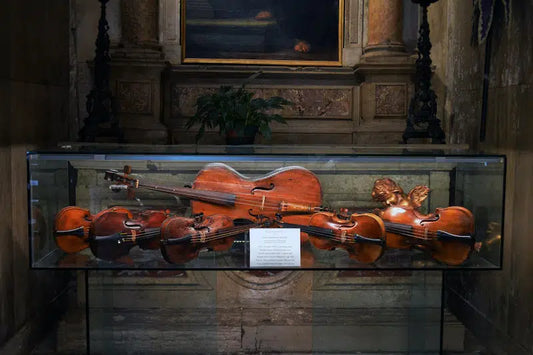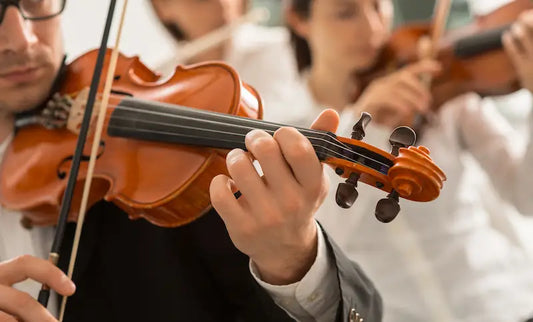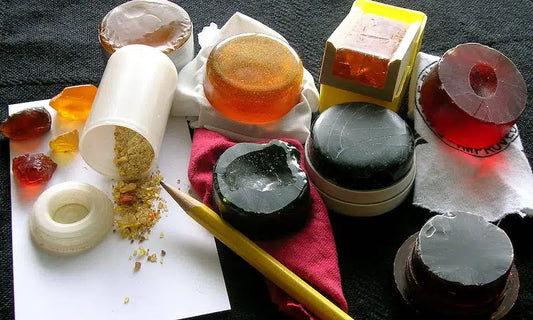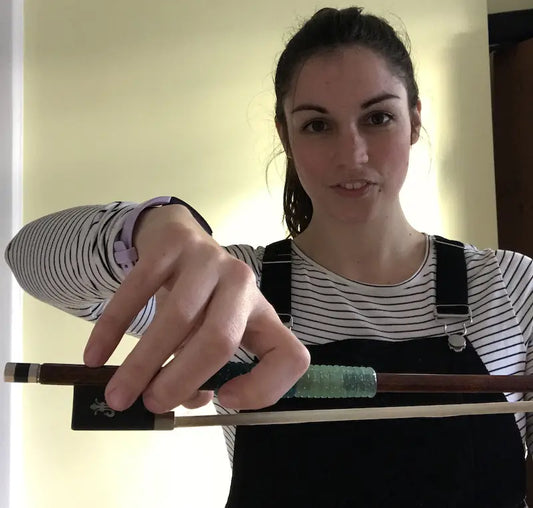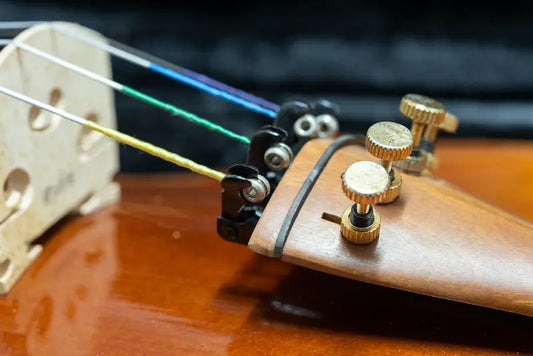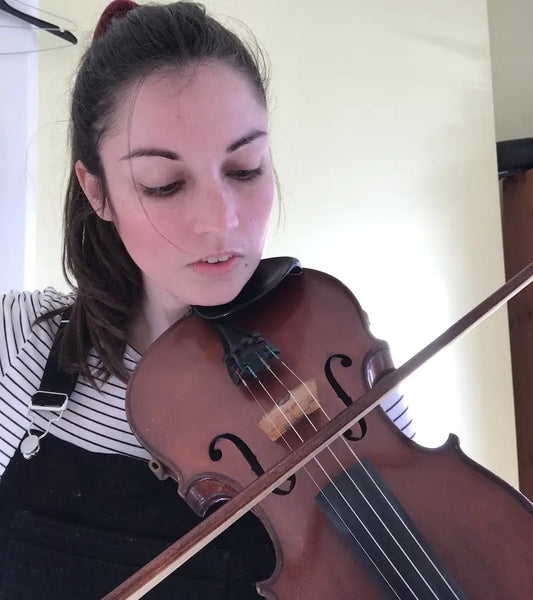
Learn About Trumpets From A to Z
Referring to the trumpet, many people will picture a shiny silver or gold trumpet. However, few people know that the first trumpets were not made by humans at all. This trumpet has a long history of development, and its story is a cultural story of many countries.
The First Trumpet

The first trumpets were made from the horns of animals and hollowed out at both ends. Shofar is a ram's horn played with the same technique as the modern trumpeter. They were originally used in Jewish religious ceremonies such as Rosh Hoshanah and Yom Kippur. The way to play this type of trumpet is like that of a trumpet without a valve. These trumpets from animal horns are depicted in ancient Egyptian, Chinese, South American and Scandinavian drawings dating back to 1500 BC.
When people started making trumpets, their shape was different from the original ones. They didn't have the fancy valves or pipes we think today but consisted of a long cylindrical body in the middle, a small circular mouthpiece, and a trumpet section that was wider than the bellows.
Although these trumpets do not have valves at all, the mouthpiece is specially designed so that the player can control the scale easily. These instruments were made of wood, bamboo, bark, clay, bone and finally the metal with which we are most familiar today. And more specifically, the trumpets made at that time were not used in music at all, but were used in the war environment as a signaling device and to intimidate the enemy.
Trumpet "natural"

Experts call these valveless trumpets natural trumpets. Natural trumpets first appeared in the 15th century but were used during the renaissance period and are often used to represent heavenly or royal majesty. Since they have no valves, the musics The doctor must change the pitch of the notes by adjusting the position of the upper and lower lips. This means that they can only play the notes in the harmonic sequence, and as a result they often come in a variety of sizes so that they can be played at different keys.
Slide Trumpet

Another forerunner of the modern trumpet was the Slide Trumpet, another 15th-century renaissance instrument. The slide allowed musicians to use the original along with a slide to extend the beautiful bellows. play more vocal ranges. As you might have guessed, although arguably the forerunner of the modern trumpet, the slide led to the development of what we now call the trombone.
Early trumpet use in music
The trumpet has been used as a musical instrument for a long time. Natural and slide trumpets made their musical debut in the Renaissance music era of the 15th and 16th centuries and persisted through the Baroque music era of the 17th century.
The Eb and Bb trumpets played an important role in the classical music period from 1750 to 1820. One of the most famous examples from this period is the debut of the sona in Handel's Messiah. During the 19th century, the period of Romantic music was when the trumpet was particularly popular. This was the earliest period of opera, and songs written as music represented literature, art, and popular theater. Composers tried to capture human emotions and experiences. The recent development of the trumpet to produce a brighter sound has made it the ideal instrument for capturing the drama that is so characteristic of romantic music.
Valve development

Early in the 19th century appeared the first trumpets with valves and tubes similar to the modern trumpets shaped like today. Since this time throughout history, trumpets have typically had 3 or 4 valves. Valves allow trumpeters to play a full range of tonal scales and as a result they can produce a wide variety of notes in a particular key notation.
Heinrich Stolzel and the Swing Valve
It wasn't until 1815 that Heinrich Stolzel invented the first thing we call an opening valve that worked by re-routing air through the different tubes of the trumpet. He is also the one who invented Van Stolzel which allows musicians to change the pitch by pulling and pushing. It can be said that this is a "revolution" for the trumpet and more than for brass instruments such as the French trumpet and tuba.
Four years later, Heinrich worked with another tool manufacturer, Friedrich Bluhmel, to invent the first rotary valve that also became very popular. The swing valves open at a 90-degree rotation to let air flow in and out of the trumpet. Swing valves are easier to handle, faster and produce a softer tone but offer a smaller range of notes.
Piston valves and tube development
But it was not until the late 1930s that François Périnet invented the piston-valve version found in most modern trumpets today. With the addition of valves came the development of the trumpet tube. Various lengths of pipe that are bent to varying degrees have been added to the body of the trumpet. The length and shape of the tubes determines the quality and range of sound produced by the air moving through them.
The F and G trumpets are the earliest examples of trumpets. Although they were larger and bulkier than modern trumpets, they were revolutionary at the time of their creation in the 19th century. These trumpets allowed the trumpeter to play a wide variety of notes and songs in many different major notation. Due to their large size, which was somewhat inconvenient to use, smaller cornets soon followed.
The cornet and the Bb are the most commonly played trumpets today and are the first choice for beginners.
Modern Trumpet

By the 20th century, the trumpet, followed by the Bb and the cornet, took center stage. The trumpet is perhaps best known for its important role in jazz, Latin, swing and bebop music. The distinctive sound of the trumpet makes it easy to remember when playing jazz. Some of the early pioneers who were quite successful with the jazz style included Louis Armstrong, Dizzy Gillespie, Miles Davis and countless others. Trumpet also plays an important role in pop music, one of the famous and successful bands with this type of trumpet is The Beatles.
Popular types of modern trumpets
As mentioned before, the Bb and the cornet are the most popular patterns in modern music and are easy to learn initially. The artist based on the style of music he plays to choose the trumpet. For example, the piccolo used in Penny Lane produces a particularly bright sound due to its small size, and the pocket Bb has a similar sound to the regular Bb but is convenient for touring musicians. and move a lot, such as marching.
Main difference between trumpet and cornet
The difference between the trumpet and the cornet is that the trumpet is relatively large, the trumpet has cylindrical inner chambers, so it produces a loud, vibrant sound. In contrast, the cornet is smaller in size, so it produces a warmer, not harsh sound. The trumpet is widely used in jazz and classical music.
Cornet is used in symphony orchestras and brass bands. It looks similar to a trumpet but has a more rounded inner cavity. Like the trumpet, the most popular key of this instrument is the B-flat.
Trumpets were developed in the 15th century, while the Cornet was developed in the 19th century.
The trumpet was invented by Anton Weidinger, while Jean Asté invented the cornet.
Trumpets have a lively, shrill sound, while cornets have a mellower and relatively softer sound.
Trumpet has a cylindrical inner cavity, while cornet has a conical inner cavity.
Trumpets are large in size, while cornets are relatively smaller.
The trumpet has one complete oblong ring, while the cornet has two complete rings.
The trumpet has a cup-shaped mouthpiece, while the cornet has a V-shaped mouthpiece.
Trumpets are very popular all over the world, while cornets are not as popular.
See more:
